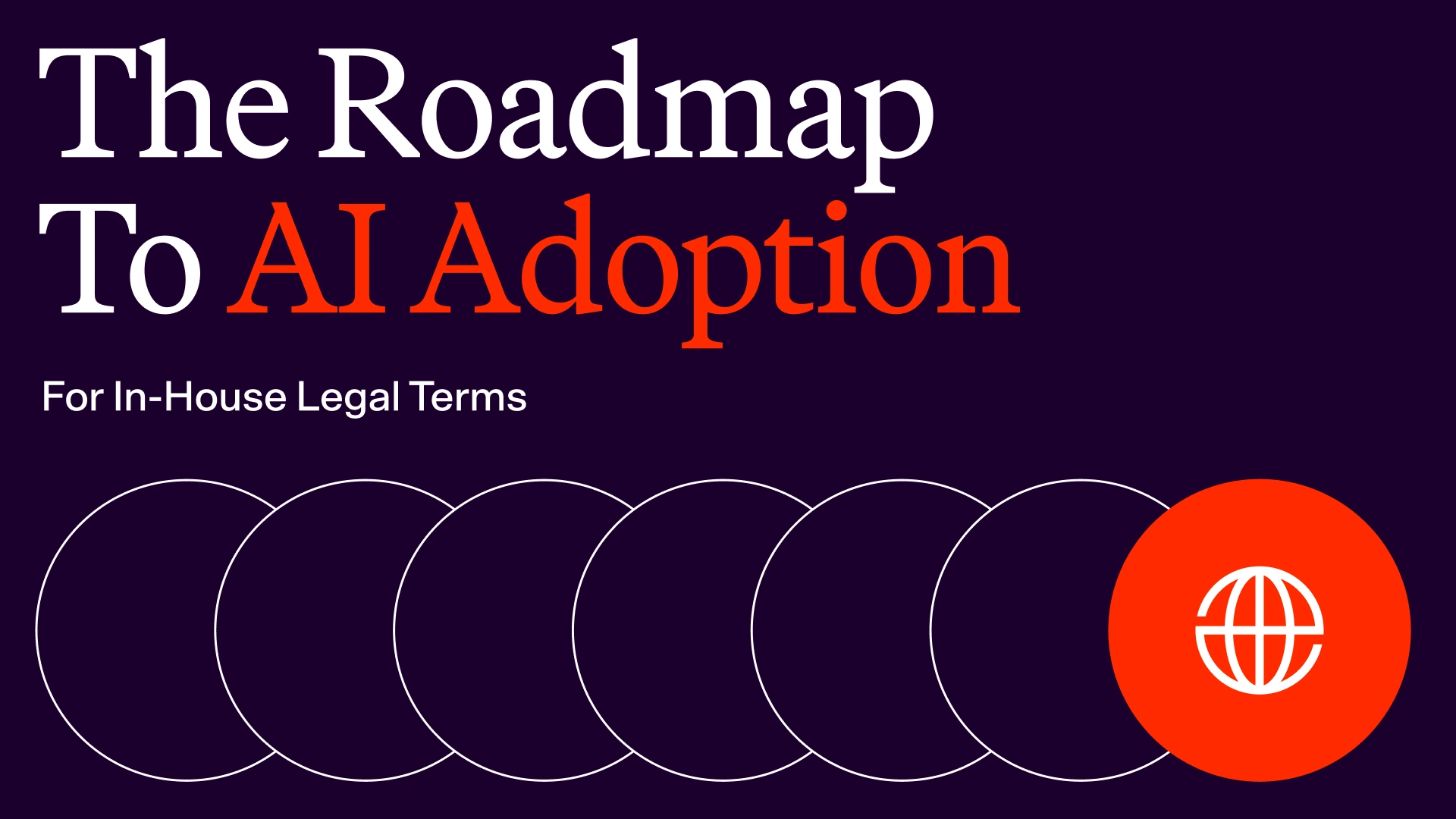Representations and Warranties Clauses: Review and Negotiate with AI
What is a Representations and Warranties clause?
A Representations and Warranties clause is a key part of many business agreements. It lists specific promises and guarantees made by each party. These might be about things like:
- The quality of products or services
- Following laws
- Having the right to enter into the agreement
Representations are statements about past or present facts. Warranties are promises about current or future facts. Together, they serve several purposes:
- Sharing risk between parties
- Setting clear expectations
- Providing legal protection if promises are broken
For example, in a software agreement, a developer might promise their software doesn't copy anyone else's work. If this turns out to be false, the other party could take legal action.
Where To Use Representations and Warranties Clauses
Representations and Warranties clauses are versatile and can be found in various types of business agreements. Based on the provided documents, here are some common places where these clauses are used:
- SaaS (Software as a Service) Terms of Service: In SaaS agreements, providers often warrant that their software is free from malicious code or security vulnerabilities.
- Master Purchase Agreement: Sellers may make representations about the quality, condition, and compliance of the goods being sold, as well as their authority to enter into the agreement.
- Manufacturing and Supply Agreement (MAS): Both parties may make representations about product quality, performance standards, financial stability, and compliance with applicable laws and regulations.
- Non-Disclosure Agreement (NDA): Parties may represent the accuracy, completeness, and legality of the confidential information they're sharing.
- Software Licensing Agreement: Developers might represent that their software doesn't infringe on third-party intellectual property rights and meets certain performance standards.
- Master Services Agreement (MSA): Service providers often represent that they have the necessary skills, resources, and authority to perform the agreed-upon services.
Including Representations and Warranties in these agreements helps to clarify expectations, allocate risk, and provide a basis for remedies if issues arise during the course of the business relationship.
Negotiating Representations and Warranties Clauses
When negotiating Representations and Warranties clauses, consider the following strategies and points:
- Be specific: Make sure the promises fit the type of agreement and industry. For example, in a SaaS agreement, focus on software performance and security, while in a Manufacturing and Supply Agreement, emphasize product quality and compliance.
- Use clear language: Use precise language to avoid ambiguity. For example, instead of a vague warranty of "high-quality services," specify that services will be performed "in accordance with industry standards and best practices."
- Set time limits: Establish clear timeframes for how long representations and warranties remain valid. This helps manage legal risks and obligations for both parties.
- Address knowledge qualifiers: Decide whether to include phrases like "to the best of [party's] knowledge" in certain representations. This can limit liability but may also reduce the strength of the assurance.
- Negotiate mutual representations: Some representations, such as the authority to enter into the agreement, should typically be mutual. Ensure both parties are making appropriate assurances.
- Cover key points: For service agreements, include promises about using skilled workers and not copying others' work.
- Consider customer representations: In MSAs, providers should seek customer representations about their authority to enter the agreement and the accuracy of information provided.
- Address intellectual property: Include representations about the ownership and transfer of intellectual property rights, especially in software and service agreements.
- Be aware of disclaimers: Understand how disclaimers of warranties not explicitly stated in the agreement might affect the overall protection provided by the representations and warranties clause.
- Consider applicable laws: Be mindful of relevant statutes, such as the Uniform Commercial Code (UCC) in the United States, which may provide default rules or limitations on warranties
- Negotiate remedies: Discuss and agree upon the consequences of breaching representations and warranties, such as indemnification, termination rights, or specific performance requirements.
- Review and update: Regularly review and update representations and warranties, especially in long-term agreements or when circumstances change significantly.
Remember, the goal is to protect yourself while keeping a good business relationship. Clauses that are too one-sided can cause problems in the long run.
AI Contract Review for Representations and Warranties Clauses
To give you a sense for the benefits of leveraging AI Contract Review Software trained by lawyers, we’ve selected some sample language our software presents to customers during a review of Representations and Warranties Clauses in Master Service Agreements (MSAs). Keep in mind that these are static in this overview, but dynamic in our software - meaning our AI identifies the key issues and proactively surfaces alerts based on importance level and position and provides suggested revisions that mimic the style of the contract and align with party names and defined terms.
If you’d like to see more, we invite you to book a demo.
Sample Representations and Warranties Clause for Customer Position
REPRESENTATIONS AND WARRANTIES
1. Each Party represents and warrants to the other Party that it has the legal authority and right to enter into this Agreement and each SOW;
2. Provider represents and warrants to Customer that it shall at all times during the performance of the Services have the appropriate personnel (with the requisite skill, experience, and qualifications), resources, and certifications necessary to perform the Services safely, adequately, and lawfully;
3. Provider represents and warrants to Customer that it shall perform the Services in a professional and workmanlike manner in accordance with all terms and conditions set forth in this Agreement and the applicable SOW as well as generally recognized industry standards for similar services;
4. Provider represents and warrants to Customer that Provider shall perform the Services in a manner that will not infringe or misappropriate the intellectual property of any third party or any rights of publicity or privacy;
5. Provider represents and warrants to Customer that Provider’s personnel have executed (or, before performing any Services, shall execute) a written agreement with Provider that enables Provider to effectuate the intellectual property provisions of this Agreement; and
6. Provider represents and warrants to Customer that Provider shall not enter into any agreement that would place it in breach of its obligations to Customer under this Agreement or any SOW.
Guidance for Customer Position
The MSA does not appear to contain an article setting forth the representations and warranties made by each party. Representations and warranties are important because they establish the baseline assumptions and guarantees upon which the parties are entering into the agreement. Without these, if an issue arises, it may be unclear what recourse the customer has.
While it's possible that no issues will occur even without representations and warranties, including them helps allocate risk between the parties and provides the customer remedies if the provider fails to meet certain standards. For example, the provider might represent and warrant that its services will be performed professionally and in accordance with industry standards. If the provider then fails to meet those standards, the customer could seek damages for breach of that representation.
As a fallback, the customer could seek to include representations and warranties just in the SOWs rather than the MSA. This provides some protection, but may lead to inconsistency across projects. Alternatively, the customer could negotiate more robust termination rights, indemnities, or other remedies to mitigate the risk of not having representations to rely on. But the cleanest approach is to insist on a reasonable set of representations and warranties from the provider in the MSA itself.
Example Alerts that AI May Flag for Customer
- May be missing an article specifying the representations and warranties of each party in connection with this agreement and any SOWs.
- May be missing language specifying that each party represents and warrants that it has the legal authority and right to enter into this agreement and each SOW.
- May be missing language specifying that provider represents and warrants that it shall have the appropriately qualified personnel, resources, and certifications necessary to adequately perform the services.
- May be missing language specifying that provider represents and warrants that it shall perform the services in a professional and workmanlike manner as well as in accordance with generally recognized industry standards.
- May be missing language specifying that provider represents and warrants that it shall perform the services in accordance with all terms and conditions set forth in this agreement and any applicable SOWs.
- May be missing language specifying that provider represents and warrants that it shall perform the services without infringing the intellectual property of any third party.
- May be missing language specifying that provider represents and warrants that its personnel shall execute a written agreement enabling provider to effectuate the intellectual property provisions of this agreement prior to performing any services.
- May be missing language specifying that provider represents and warrants that it shall not enter into any agreement that would conflict with the terms of this agreement or any SOW.
Sample Representations and Warranties Clause for Provider Position
REPRESENTATIONS AND WARRANTIES
1. Each Party represents and warrants to the other Party that it has the legal authority and right to enter into this Agreement and each SOW; and
2. Provider represents and warrants to Customer that it shall perform the Services in a professional and workmanlike manner in accordance with all terms and conditions set forth in this Agreement and the applicable SOW as well as generally recognized industry standards for similar services.
Guidance for Provider Position
The MSA does not appear to include a representations and warranties article detailing the specific assurances made by each party regarding their authority, capabilities, and compliance in relation to the agreement and subsequent SOWs. Without these contractual promises, the provider may face increased risk exposure if issues arise due to the customer's misrepresentations.
To mitigate this risk, the provider should propose incorporating a representations and warranties article into the MSA. This article should require the customer to represent and warrant key aspects such as its legal authority to enter into the agreement, the accuracy of information provided, compliance with applicable laws and regulations, and that the customer's materials to be used for the provision of the services do not infringe third-party rights. Additionally, the provider may seek to limit its own representations and warranties to industry standards and ensure they are not overly broad or burdensome.
While the absence of representations and warranties does not guarantee problems will occur, it does leave the provider more vulnerable to potential disputes or liabilities. By proactively addressing this issue during negotiations, the provider can establish clear expectations and protect its interests throughout the performance of the MSA and associated SOWs.
Example Alerts that AI May Flag for Provider
- May be missing an article specifying the representations and warranties of each party in connection with this agreement and any SOWs.
- May be missing language specifying that each party represents and warrants that it has the legal authority and right to enter into this agreement and each SOW.
Simplifying Your Representations and Warranties Clause Negotiations with AI
AI-powered tools like LegalOn can help legal teams:
- Quickly spot important issues
- Give alerts based on your situation
- Suggest improvements
- Ensure you're following relevant laws
The sample AI-powered insights we've shared demonstrate how LegalOn can enhance your contract review process, making it more efficient, thorough, and aligned with best practices.
To experience the power of AI in Representations and Warranties clause negotiations, we invite you to see it in action. Book a demo today to explore how our AI-powered contract review software can transform your approach to drafting and negotiating Representations and Warranties clauses.
Experience LegalOn Today


.svg)









